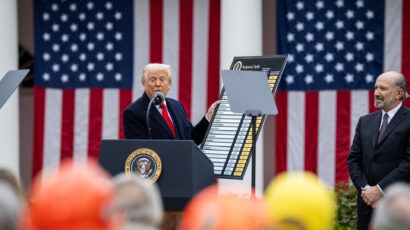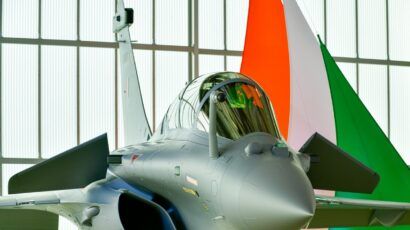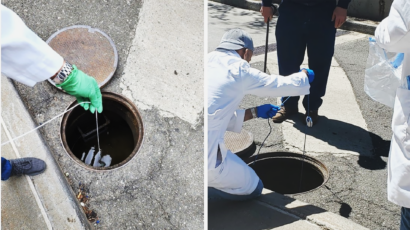The myths and costs of autonomous weapon systems
By Robert R. Hoffman, Timothy M. Cullen, John K. Hawley | July 3, 2016
A primary motivation for developing autonomous weapons is the assumption that such systems require fewer combatants with lower levels of expertise, thus cutting costs. For more than two decades, the Defense Department has employed highly automated weapons, including the Patriot air defense system and the Predator aircraft system. For the myths of automation to hold, the human costs of the systems should have fallen as the Army and Air Force became more accustomed to them. But automated weapon systems have actually required more highly trained and experienced experts, and the failure to train personnel to operate the systems adequately has led to fratricide and the loss of innocent life. The Defense Department needs to improve its policies on the procurement and development of automated systems if the weapons are to be responsive and effective in future conflicts.
Together, we make the world safer.
The Bulletin elevates expert voices above the noise. But as an independent nonprofit organization, our operations depend on the support of readers like you. Help us continue to deliver quality journalism that holds leaders accountable. Your support of our work at any level is important. In return, we promise our coverage will be understandable, influential, vigilant, solution-oriented, and fair-minded. Together we can make a difference.

















